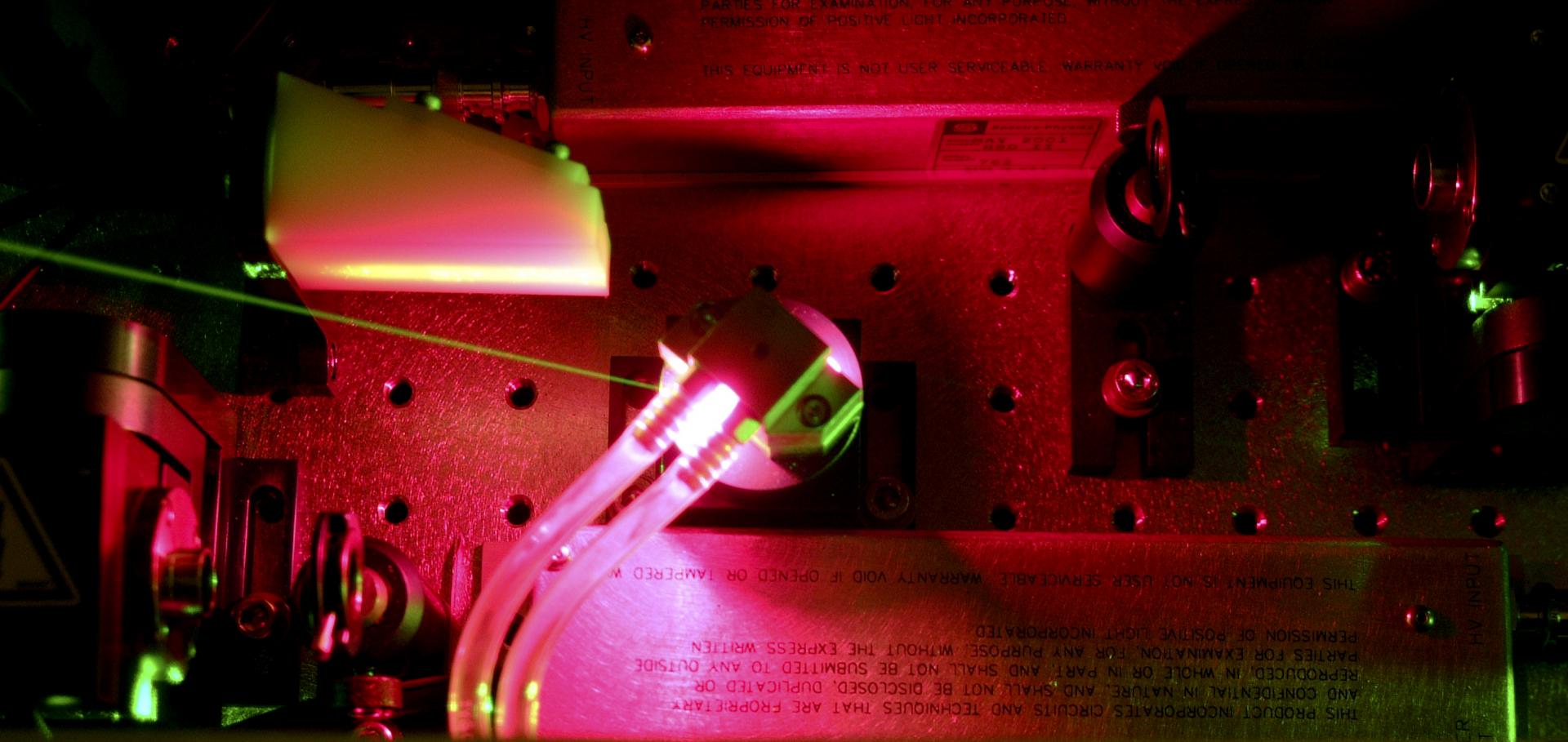Quasi-phase-matched high harmonic generation using trains of uniformly-spaced ultrafast pulses
High Intensity Lasers and High Field Phenomena, HILAS 2012 (2012)
Abstract:
We investigate quasi-phase-matching of high harmonic generation over a range of harmonic orders using trains of up to 8 uniformly-spaced counter-propagating pulses, produced using an array of birefringent crystals. © 2012 OSA.Quasi-phase-matched high harmonic generation using trains of uniformly-spaced ultrafast pulses
High Intensity Lasers and High Field Phenomena, HILAS 2012 (2012)
Abstract:
We investigate quasi-phase-matching of high harmonic generation over a range of harmonic orders using trains of up to 8 uniformly-spaced counter-propagating pulses, produced using an array of birefringent crystals. © 2012 OSA.Quasi-phase-matched high harmonic generation using trains of uniformly-spaced ultrafast pulses
Optics InfoBase Conference Papers (2011)
Abstract:
We investigate quasi-phase-matching of high harmonic generation over a range of harmonic orders using trains of up to 8 uniformly-spaced counter-propagating pulses, produced using an array of birefringent crystals. © 2012 OSA.High Harmonic Optical Generator (Polarization Beating 1/2)
(2011) UK Patent Application GB1117355.6
Time-resolved plasma temperature measurements in a laser-triggered hydrogen-filled capillary discharge waveguide
Plasma Sources Science and Technology 20:5 (2011)


